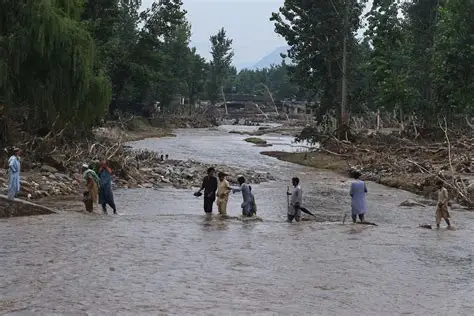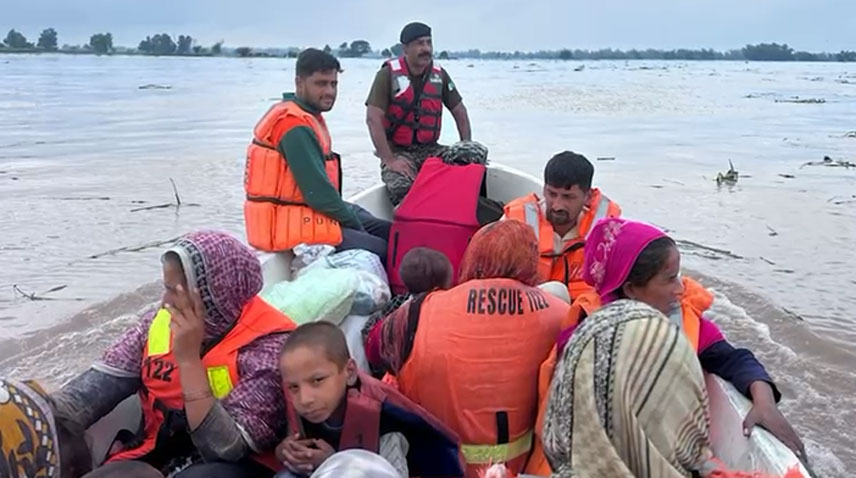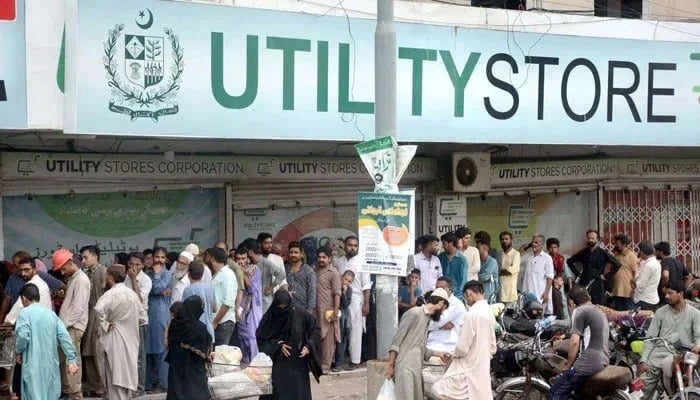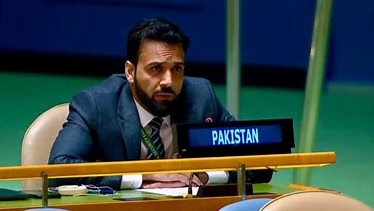
Since 26 June 2025, relentless monsoon rains have triggered devastating flash floods across Pakistan, hitting Gilgit Baltistan (GB), Azad Jammu and Kashmir (AJ&K), and leaving Khyber Pakhtunkhwa (KP) among the hardest-hit provinces.
Districts including Buner, Swat, Shangla, Mansehra, and Swabi have suffered heavy destruction. Lives have been lost, homes washed away, and essential services like roads, bridges, and water systems destroyed. The disaster intensified on 14 and 15 August when sudden cloudbursts struck Buner, unleashing 150 mm of rainfall in just one hour, causing widespread devastation.
According to the Provincial Disaster Management Authority (PDMA), at least 358 people have died in KP alone. The death toll includes 225 fatalities in Buner, 20 in Swat, 36 in Shangla, 22 in Bajaur, and 17 in Swabi. Thousands of houses, schools, and shops have been swept away, while roads and bridges lie in ruins. In Swat’s Golkada village (UC Landi Kas, Tehsil Babuzai), up to 80% of local infrastructure has been damaged. Villages in Shangla (Shahi Dand and Kuz Palaw), Bajaur, Swabi, and Mansehra also report large-scale destruction of homes, farmlands, and sources of livelihood.
Clean drinking water, irrigation channels, electricity supply, and mobile networks remain disrupted in most affected regions. Families urgently need food, safe shelter, medical support, and clean water as humanitarian needs continue to grow.
The National Disaster Management Authority (NDMA) reports that nationwide, the floods have claimed over 693 lives and left nearly 1,000 injured. More than 2,707 houses have been damaged, and at least 1,005 livestock have been lost.
The 2025 monsoon floods are being described as one of Pakistan’s worst climate-driven disasters since the catastrophic 2022 floods, underscoring the country’s growing vulnerability to extreme weather and climate change.










